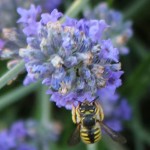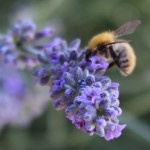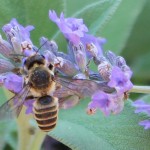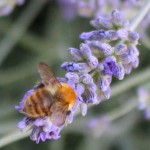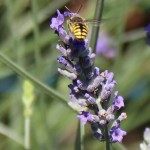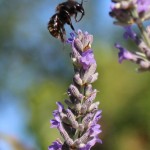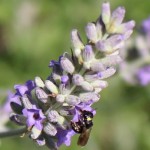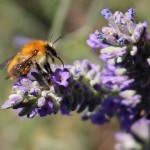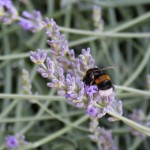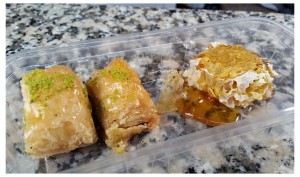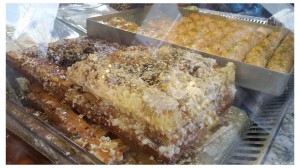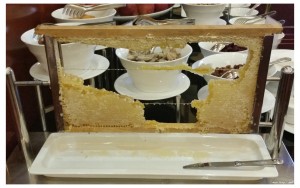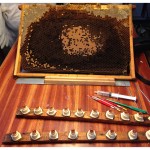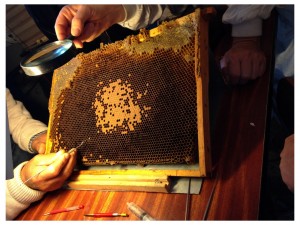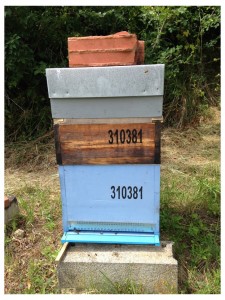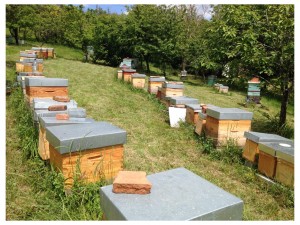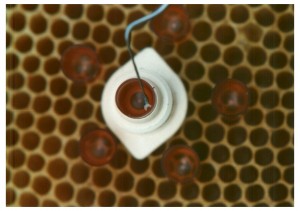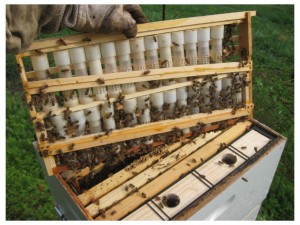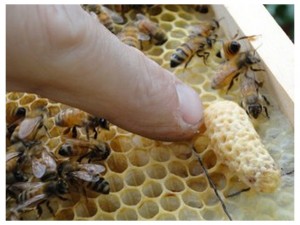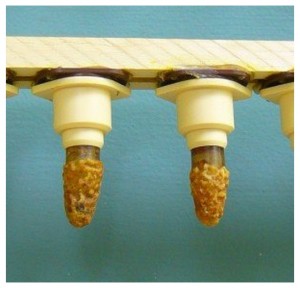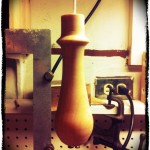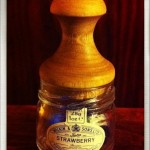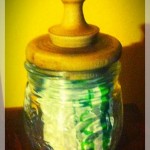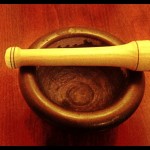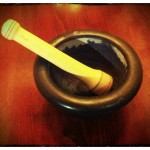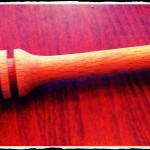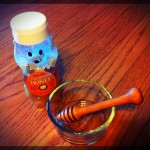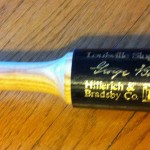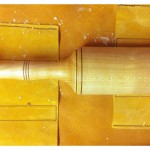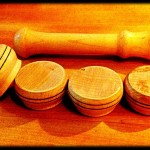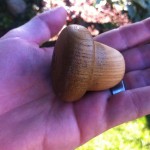Tag: Honey
Film Friday – Double Feature: Urban Beekeeping
The Bees in Our Back Garden – 2015
The lavender is in full bloom in our backyard. Last year I counted five different types of bees that visited it during the late summer. So far, I have counted seven different types, but I think one might be a type of yellow jacket. I looked online, but it is inconclusive. I went full-nerd and ordered a couple of books: Bees of the World by Mitchner and Bees of N. America (Princeton Guide). I will take some more pictures and see how many types I can find every couple of weeks. As a side note: I often wonder given my nerdiness how I have both managed to procreate with the female of our species and how I have a wife that is so damn adorable…
Turkish Honey
The Turkish know how to present a breakfast spread! My hotels on two recent trips to both Ankara and in Istanbul had a fresh honeycomb (Petek Balout in Turkish) for breakfast every morning. Slabs of raw, dripping, delicious goodness. Honeycomb was also available in the street markets and in a couple of places where I had dinner. I got to enjoy some pistachio baklava and honeycomb with my morning meal AND while walking down the street. Awesome!
Beekeeping – Making New Queens
A couple weekends ago I worked the hives, checking their overall health and seeing if any were thinking about swarming. Swarming = bad. If there is more than one Queen in a hive, the ladies will either duke it out and both could die – dead hive bad – or the hive will swarm, taking possibly more than half of the precious worker bees that make all the yummy honey. There are some things that can be done to prevent swarming:
1. If two queens are found or if there are new queens about to be born (they have a uniquely shaped chamber that other bees make specifically for queens) AND the hive is doing really well, you can manually split the hive into two hive boxes.
2. If the hive is not doing great, remove the old queen and let the new one be born.
3. If the hive is doing fine and you don’t want another, then you can snip the new queen chamber in half – assuring that the original queen will preside a little longer.
Sometimes though, you will need a new queen if old one not producing, she dies unexpectedly, if the hive is aggressive, etc… When this happens, you typically buy/order a new one from your local bee supply store, online, or from a local apiarist who makes a little side money raising them in specially maintained hives. I had never actually witnessed the process of “Making Queens”, so when one of the older gents with Syndicat Apiculteur, held a lecture after the hives were checked, I sat in and tried my hand at it.
The simplified version:
1. Take a fresh brood comb out of a gentle hive that is doing well and has historically been a great honey producer.
2. Prepare “Queen Cups” with Royal Jelly.
3. Gather lights and tools and an assortment of magnifying glasses.
4. Uncap the comb and prop it under a light on a 45 degree stand.
5. Make sure no bees are in the room as an uncapped brood comb WILL piss them off and you WILL get stung.
6. Remove any stingers from skin while quietly cursing.
7. With a small dental scoop, remove one larva per cup. Look for a small one no larger than 1.5mm.
8. When cups are filled, place in special “Queen Frame”
9. Place frame in hive with no Queen – there is more to it than that, but for the sake of brevity…
10. Add a sugar water mixture to a feeder frame next to the “Queen Frame” in the hive.
11. Check back and when the queen cells are fully closed and the new queens are growing, place a purpose built cage over the cell and wait for them to emerge.
12. Re-queen some hives or sell them to your nerdy bee-keeping friends.
A Few Turns of the Lathe
After our house was packed up and loaded on a container-ship bound for the Panama Canal and on to the Port of Marseilles, the only tool I had were my lathe chisels, so I made use of the time and spun out a few odds and ends: a few cord pull handles for the florescent lights in the basement. two jar lids for Stamps-With -Foot, a wooden pestle (2 actually) for kitchen herb grinding and a short honey dipper for her as well.
From the same section of wood as the pestles, I turned some small bun feet for Brodie’s new food & water bowl stand. I re-turned my ash carving mallet to change the handle profile and add some ring details. As I was in the mallet mood, I made general use wood working mallet for my brother-in-law out of a Baseball Bat and reused the bat’s pommel and turned it into a foot massage nubbin for my wife. I got points in the ledger for to wife-specific items. Always a good thing.
Film Friday – Beekeeping and honey
Ames Farm Honey from The Perennial Plate on Vimeo.
